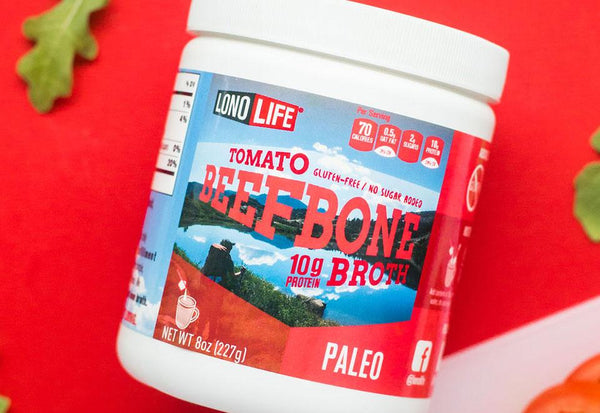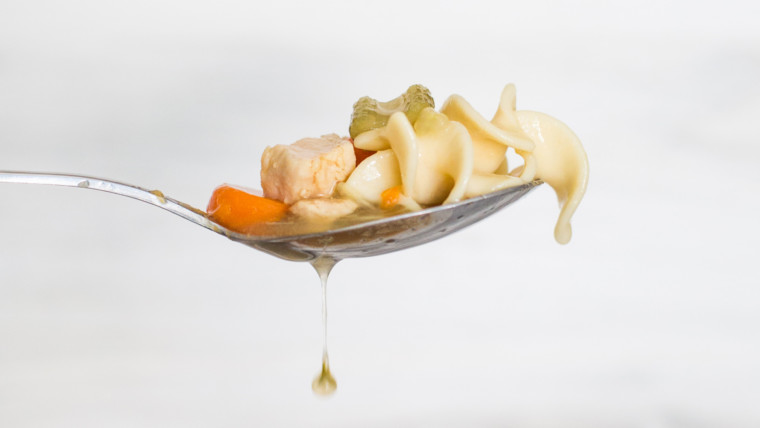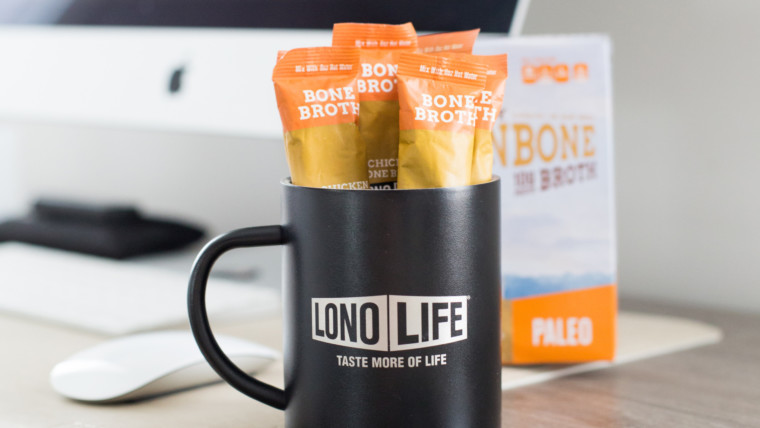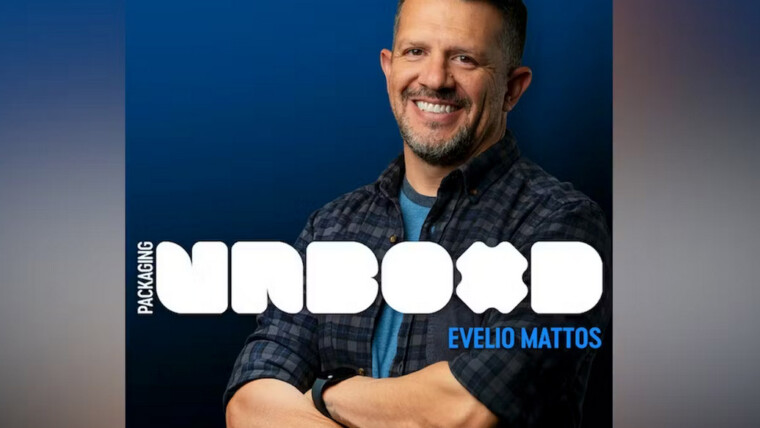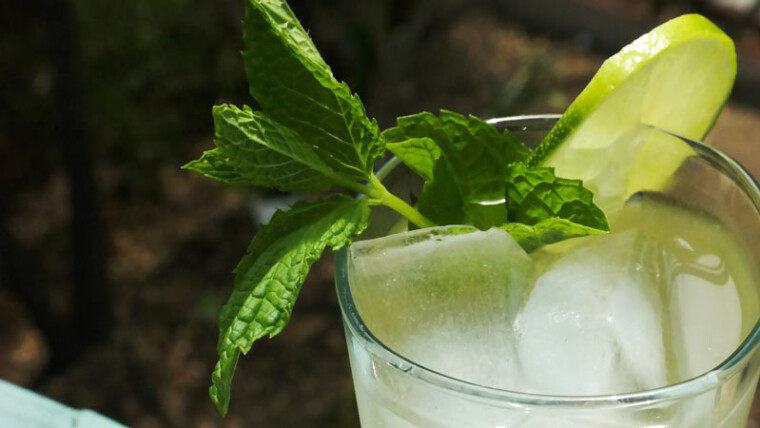When you’re based in coastal North County San Diego (as LonoLife is,) surfing is just part of life. You’re either in the water, or getting injuries fixed up so you can get back in the water. Kaitlin Mikkelson (born Kaitlin Maguire) is very familiar with both. As a pro-surfer and a physical therapist, she can usually be found cruising the waves on her longboard or putting local San Diegans back together in her physical therapy office.
Kaitlin’s been competing in the World Surf League since 2005 and has been ranked amongst the top five female longboarders in the world. She’s had her fair share of injuries, but it’s her desire to help other athletes get off the sidelines and back in the game (or the surf) that sets her apart. With a unique, first-hand outlook on the human body and what it takes to get it working optimally, it’s no wonder surfers and other active San Diegans come flocking to her office. We checked in with Kaitlin to see how she found her way into physical therapy, how she balances competing on tour with helping people get back on their feet, and the one thing she wishes every surfer would work on…
Did you always dream of becoming a pro-surfer?
I’d always loved playing sports as a youngster but surfing never crossed my mind until my brother started getting interested in the sport. I had no intention of going pro — I just wanted to be like him. This all changed when one day a family friend spotted my potential and got me in contact with all the right people. In high school my coach entered me in the world championships trials as a learning tool. The next thing I know, I’m in the semifinals and qualified for the world tour. I’ve remained on the World Tour since 2005.
Did you choose longboarding or did it choose you?
I chose longboarding. Growing up I rode shortboards and longboards, however, after qualifying for the World Tour, I knew longboarding was my calling.

Make us jealous by telling us some of the places the World Surf League has taken you…
Too many places to list haha… Papua New Guinea is probably the most remote. Also, people are always shocked when I tell them I surfed a tidal bore in the middle of China (the wave only happens once a year!)
How do you fuel up for contests?
Recently, I’ve started fueling up with LonoLife bone broth. I love that it’s bone broth “on-the-go” (I just have to mix it with hot water). It gives me the right amount of energy without hurting my stomach in the early mornings and it keeps me warm while watching the waves in the chilling air. Also, I love that it is an immune system booster because a lot of my surf contest locations don’t have the cleanest water.
How did you get into physical therapy?
As an athlete, I understand the physical demands on the human body and have had several injuries. I wanted a career that would allow me to educate and help other athletes prevent injuries and help them return to their sport as soon as possible. If you’re an athlete, you will understand the struggles of being sidelined…I want to eliminate this for as many people possible.
Is it tough to navigate life as a physical therapist and a pro-surfer who is still competing on the Tour?
Extremely tough! I’m constantly struggling to leave my physical therapy career for a couple weeks because I want to be helping my patients through their struggles. At the same time, I have a hard time leaving the competition scene because of the passion and drive I have to win my world title. I definitely have created a good work-life balance for everyday life at home. I’m very fortunate to be able to do both things I love daily.
Do you get a lot of surfers coming in for treatment?
I get a variety of athletes coming into the clinic, but yes, I do get a lot of surfers that come from near and far to be treated. I have an understanding of the mechanics required for the sport and am able to understand their impairments more than others. I’m constantly watching surf competitions and videos to help further my knowledge in the movement required for each maneuver.
It’s amazing what the human body does in momentum to complete some of the shortboard maneuvers! Shortboard surfer body structures have morphed over the years to something totally different from other athletes. A lot of physical therapists don’t understand these are good adaptations for a surfer and they don’t need correction. They need strengthening, stability, and joint control around these adaptations to prevent injury and increase performance/power.
(You wouldn’t change a professional baseball’s players throwing arch with the excessive external rotation and limited internal rotation, would you?)
If you could pick one thing surfers should do to prevent injuries, what would it be?
Work on their posterior chains — a group of muscles on the posterior of the body, such as the hamstrings, the gluteus maximus, erector spinae muscle group, trapezius, and posterior deltoids!

















